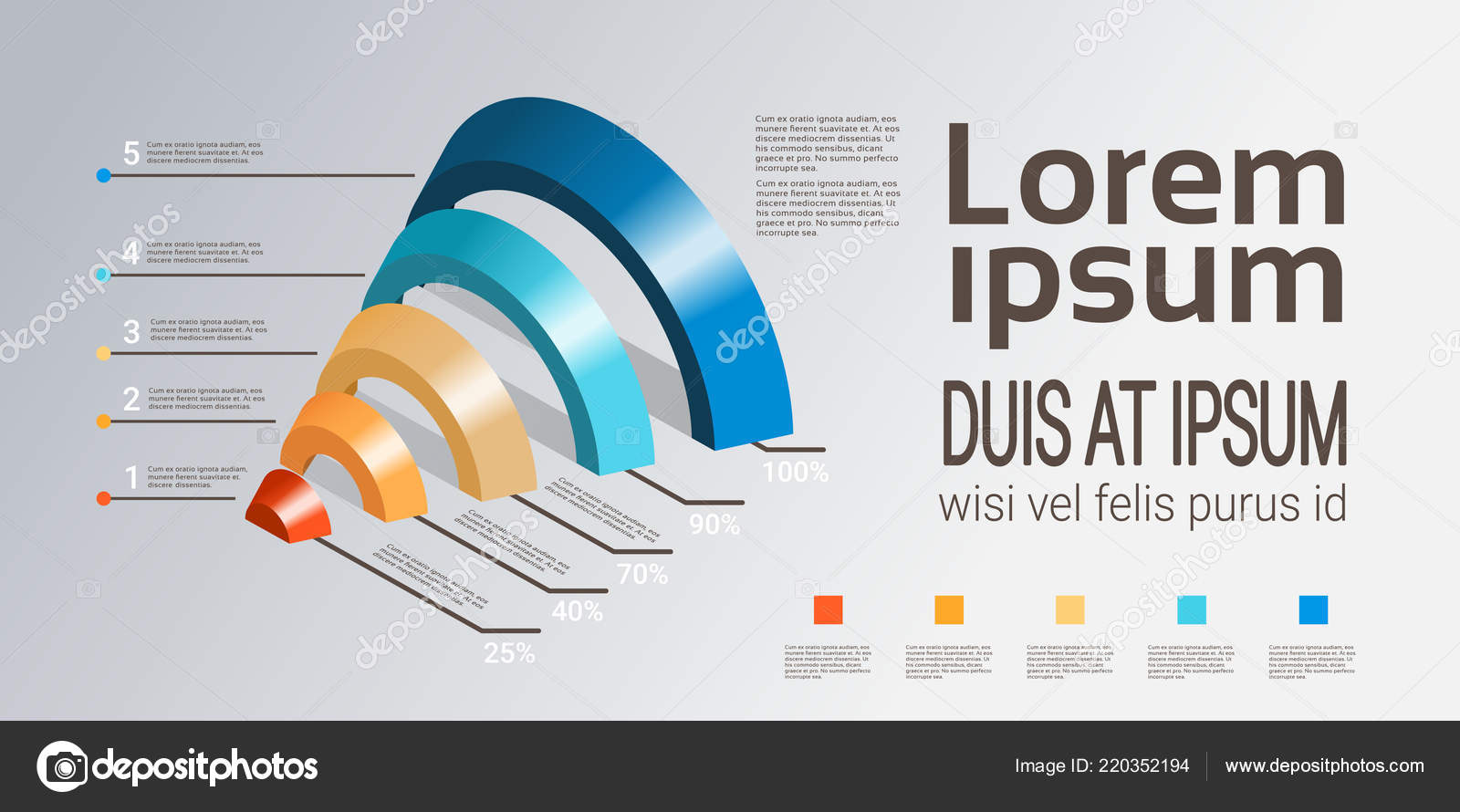Get Ready To Journey Through Time And Uncover Just How Internet Sites Have Come To Be A Lot More Advanced, User-Friendly, And Aesthetically Magnificent
Get Ready To Journey Through Time And Uncover Just How Internet Sites Have Come To Be A Lot More Advanced, User-Friendly, And Aesthetically Magnificent
Blog Article
Created By-Hartley Hejlesen
In the past, web sites were straightforward and focused on details. Navigation was direct, and layout was for desktops. Currently, customer experience is key. Data overviews designs for simple navigation. Responsive layouts match different gadgets. Today, dark mode reduces pressure, and minimalist food selections improve navigation. Interactive functions involve customers, and vibrant visuals stand apart. AI assimilation increases interaction. See exactly how style has evolved to boost your online trip.
Very Early Days of Website Design
In the very early days of web design, simplicity preponderated. Websites were standard, with limited shades, fonts, and formats. The emphasis got on offering info instead of flashy visuals. Customers accessed the internet through slow-moving dial-up links, so speed and capability were vital.
https://www.globenewswire.com/news-release/2022/05/23/2448816/0/en/Zib-Digital-Explains-How-to-Create-a-Strong-Social-Media-Strategy.html were straightforward, commonly located at the top or side of the web page. Sites were made for home computer, as mobile browsing had not been yet prevalent. Content was king, and developers focused on simple readability over complicated layout elements.
HTML was the main coding language utilized, and designers had to work within its restraints. Animations and interactive functions were very little compared to today's criteria. Web sites were static, with little vibrant material or tailored individual experiences.
Rise of User-Focused Layout
With the evolution of website style, a change in the direction of user-focused design concepts has actually ended up being increasingly prominent. Today, creating sites that prioritize customer experience is critical for engaging site visitors and achieving business objectives. User-focused style includes comprehending the demands, preferences, and habits of your target market to tailor the internet site's layout, material, and features as necessary.
Developers currently conduct complete study, such as user studies and use screening, to collect insights and comments straight from users. This data-driven method aids in developing user-friendly navigation, clear calls-to-action, and aesthetically attractive user interfaces that reverberate with visitors. By placing the user at the facility of the style process, sites can provide a much more tailored and pleasurable experience.
Responsive layout has actually likewise become a crucial aspect of user-focused design, making certain that sites are enhanced for numerous devices and screen sizes. This adaptability improves availability and functionality, dealing with the diverse methods customers interact with internet sites today. Fundamentally, the surge of user-focused layout signifies a change towards developing digital experiences that prioritize the needs and expectations of the end individual.
Modern Trends in Web Design
Check out the most recent fads forming website design today. One noticeable trend is dark mode style, using a smooth and modern appearance while minimizing eye strain in low-light environments. An additional essential trend is minimalist navigation, simplifying menus and improving user experience by concentrating on essential elements. Integrating micro-interactions, such as animated switches or scrolling effects, can create a much more interesting and interactive web site. Responsive layout remains crucial, making certain smooth individual experiences across various devices. Additionally, utilizing bold typography and unbalanced layouts can add visual rate of interest and accentuate details content.
Integrating AI technology, like chatbots for client support or customized recommendations, boosts user engagement and improves procedures. Ease of access has also become a substantial fad, with developers focusing on comprehensive design techniques to accommodate varied customer requirements. Embracing sustainability by maximizing site performance for speed and effectiveness is one more emerging trend in website design. Working together with user responses and data analytics to iterate and enhance design constantly is essential for staying pertinent in the ever-evolving electronic landscape. By embracing these modern-day trends, you can create an aesthetically appealing, easy to use website that resonates with your audience.
Conclusion
As you assess the advancement of website layout from the very early days to now, you can see just how user-focused style has actually come to be the driving force behind modern-day fads.
Embrace the journey of change and adaptation in web design, constantly maintaining the user experience at the leading edge.
Stay existing with the most up to date trends and innovations, and never stop developing your method to create aesthetically stunning and straightforward internet sites.
Progress, adapt, and develop - the future of web design remains in your hands.
